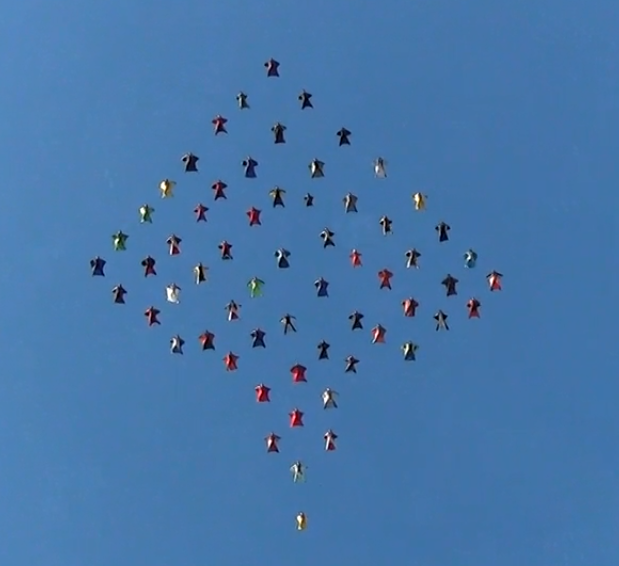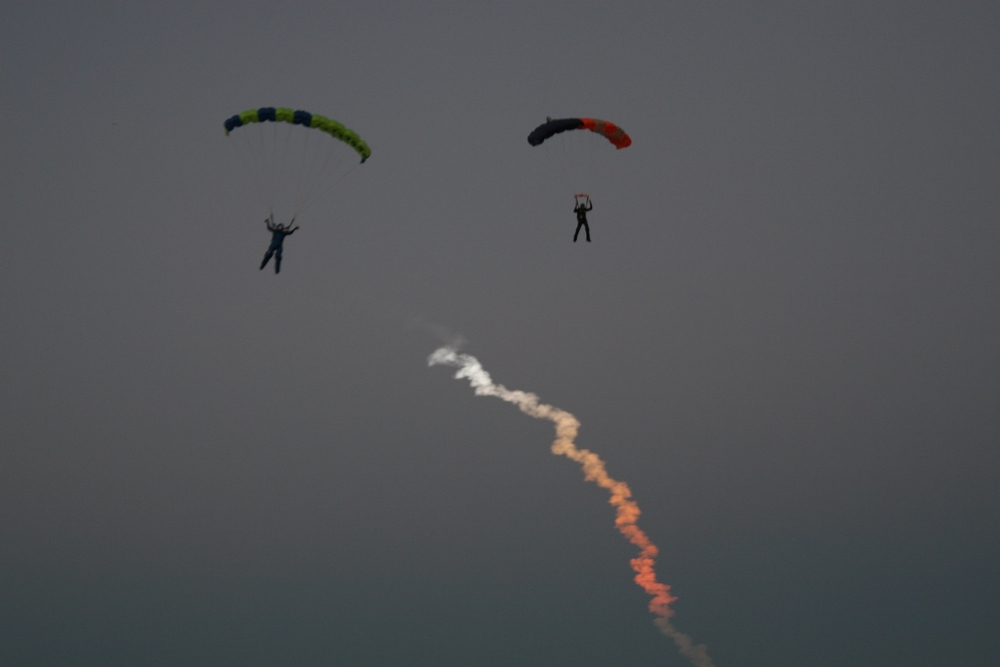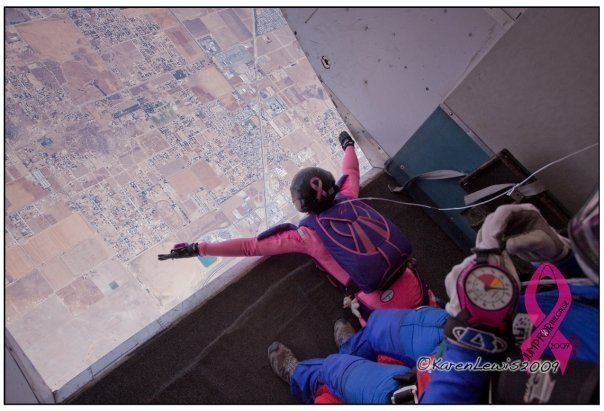my 2 cents worth....
I find that a firs or second row diver from a trail plane can almost always take a cleaner line to a base than the floaters from the same plane. Peel off the floaters with the super floater from the lead and the first divers take the straight line to the chunk, often docking before divers in the lead plane. It works well, at least is has for me.
Hope that helps.
kate
kallend 1,644
QuoteRe. Trail plane floaters docking before or after divers from the same plane.
my 2 cents worth....
I find that a firs or second row diver from a trail plane can almost always take a cleaner line to a base than the floaters from the same plane. Peel off the floaters with the super floater from the lead and the first divers take the straight line to the chunk, often docking before divers in the lead plane. It works well, at least is has for me.
Hope that helps.
kate
Thanks - I'm glad I'm not just hallucinating. Now the harder question - how does a pawn like me get to convince a "name" organizer that they've got it wrong?
The only sure way to survive a canopy collision is not to have one.
Oh, you meant ANOTHER organizer...
Well, it's as clear as day to me, it's physics. But Without knowing who you are talking about (honest) I'd say that the more formations they play with, the more the three dimensional aspects of the exit and first 3-5 seconds will come into play. It's like the matrix...
It also helps having done most of the different slots on a 100+ way. My views on floating trail planes, being in the base, short diving, super floating, late diving, etc are all tempered by experience in those slots. Variety is the spice of skydiving.
k8
If you see one or two people with their feet waving because they can't keep up, it is easier to have them add lead.
A good fallrate will help the divers because they can swoop longer (arrive sooner) without the fear of going low.
One weird thing that happens on occasion is when one side of the formation is lower than the other. This causes the formation to slide. One side of the formation is getting big and backing up while the other side is arching and putting their legs out. Both sides have the opposite opinion of what was going on.
Both the GO FAST 300 way in Eloy and the 4 point 106 way in Crosskeys were done with what I consdered relatively slot fall rates, especially for the outermost rings, yet they were smooth and flat.
People adapt, the trick is to find out what they are going to adapt to the best.
Oft times I will start a dive with a faster fall rate and then ever so slightly slow it down later in the event as people get dialed in. It's worked so far. Your mileage may vary.
blues
k8
QuoteIt also helps having done most of the different slots on a 100+ way. My views on floating trail planes, being in the base, short diving, super floating, late diving, etc are all tempered by experience in those slots. Variety is the spice of skydiving.
Being a jumper that turns in applications to be on a big way, being able to do any of those slots is a dream for the organizer. I've turned many an application in with the question area that ask "what slot would you prefer" with "where ever you'd like me."
BTW Kate, great article about how to stay on big ways.
See ya in October for that shot
QuoteRe. Trail plane floaters docking before or after divers from the same plane.
my 2 cents worth....
I find that a firs or second row diver from a trail plane can almost always take a cleaner line to a base than the floaters from the same plane. Peel off the floaters with the super floater from the lead and the first divers take the straight line to the chunk, often docking before divers in the lead plane. It works well, at least is has for me.
Hope that helps.
kate
I first ran into this in Texas for the state POP's record. I was a floater on a trail plane and docking in an outside wacker. I was leary at first but it worked great and after a couple of times really made more sense.
Sparky
QuoteEveryone keeps saying "fast" or "slow" fallrates. These are kind of subjective. How many miles-per-hour are we talking about? I was recently on a 36-way where the organizer thought a "medium" fallrate was 108 and it was ok. Six people went low on the outside. We made it 114 and things got better. What is slow or fast?
On the Texas POP's loads, 62 way, I was on an outside wacker and my Pro Trac said I averaged 120 to 123 mph. on all attempts. The base was somke'n and it made everything on the outside much easier. I think 108 is way to slow but thats just my opinion.
QuoteEveryone keeps saying "fast" or "slow" fallrates. These are kind of subjective. How many miles-per-hour are we talking about? I was recently on a 36-way where the organizer thought a "medium" fallrate was 108 and it was ok. Six people went low on the outside. We made it 114 and things got better. What is slow or fast?
A few weeks ago I had the opportunity to take part in the New England 81-way record at Orange, MA. I was in the 8-way base with Guy Wright. We took an 8-way out the door (Otter) and Guy would "set the fall rate". Once we (the base) got warmed up (and some of use put on lead) we averaged 124 MPH. Prior to 'warming up', we were at about 114 and Guy told us all that this was too slow and we all needed to pick it up. This dive was a 1 point skydive.
If you are interested in the formation Guy (and others) designed you can see 2 photos here. Yahoo!
http://www.newengland100way.com
P.S. Kate, I can't wait until you set the dates for your next big way camp as I will be the first on the list.
My routine fallrate is around 108 to 110. I prefer 112/113 for 20+ ways. 40 to 60-way is 116. Personal preferences.
Because I weigh 190 and can handle the push/pull of being in the base, I usually end up there with some extra weight. My favorite position is attachment point.
kallend 1,644
QuoteI have jumped with Guy on large stuff. Last time I was in a 4-way bridge attached to the mainframe attachment point. The initial base speed was 123 to 125. It was pretty easy to work with. I got moved back a few rows as we got bigger.
My routine fallrate is around 108 to 110. I prefer 112/113 for 20+ ways. 40 to 60-way is 116. Personal preferences.
Because I weigh 190 and can handle the push/pull of being in the base, I usually end up there with some extra weight. My favorite position is attachment point.
I'm nearly always on the outside on account of weighing 150. Since we typically break off at 5k or above on big ways, my Pro-Track's averages include maybe 2500 - 3000 ft of tracking at the end of the skydive, and perhaps 5 - 6000 ft of swoop at the beginning. Consequently I find it difficult to figure a formation's actual fall rate from my own data.
The only sure way to survive a canopy collision is not to have one.
billvon 2,426
>Track's averages include maybe 2500 - 3000 ft of tracking at the
>end of the skydive, and perhaps 5 - 6000 ft of swoop at the >beginning.
Can't you download the data with that attachement? I believe that fallrate is sampled around 1hz, so you'd get reasonable resolution. I may do that after the Perris big-ways - Square 1 has an interface.
kallend 1,644
Quote> Since we typically break off at 5k or above on big ways, my Pro-
>Track's averages include maybe 2500 - 3000 ft of tracking at the
>end of the skydive, and perhaps 5 - 6000 ft of swoop at the >beginning.
Can't you download the data with that attachement? I believe that fallrate is sampled around 1hz, so you'd get reasonable resolution. I may do that after the Perris big-ways - Square 1 has an interface.
Yes, I too have an interface but I have been led to believe that the instantaneous values are prone to serious errors, and often show oscillations with a period of six seconds or thereabouts. I don't have any way of testing. Maybe Craig Poxon has some data on this.
My Protrack has clocked me at 224mph instantaneous on a RW jump. Somehow I think this is a little high
The only sure way to survive a canopy collision is not to have one.






.thumb.jpg.4bb795e2eaf21b8b300039a5e1ec7f92.jpg)
On the Texas Record Rob had the floaters and early divers dock after the middle divers with the late divers coming after that. It kept alot of the traffic problems you just described out of the picture. The info we got included a breakdown and reasoning behind this. email me and I will arrange to get it for you. Our run-outs were planned this way and kept all traffic problems to a minimum.
blues,